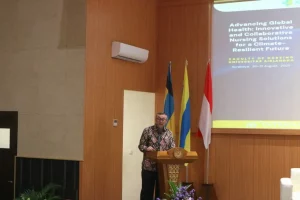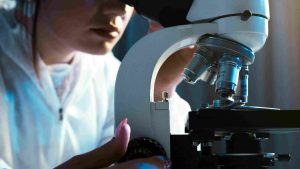Determining gender from skeletal remains has a crucial role in the forensic identification process. Sexual dimorphism (DS) refers to differences in morphological, physiological, biochemical, and behavioral characteristics between males and females of the same species, both in living populations and in human remains. This is the initial stage in identifying remains and is the main focus in the field of forensic anthropology. Bones that often serve to determine gender tend to be fragmented, incomplete, or mixed, so it is important to utilize bones that are still intact. This can happen because the characteristics of the maxillary sinus (MS) vary based on age and gender.
Studies Related to Maxillary Sinus
Studies show that the maxillary sinus (MS) varies with age and gender. This provides important clues for analyzing the anatomical parameters that determine individual morphometry. MS, which is part of the craniofacial complex located in the maxilla. MS begins to develop in the final stages of embryonic growth and reaches adult size by the age of 20 years. Accurate measurement of MS can be done through radiographic images in forensic investigations. The results will show varying shapes and sizes between individuals from various populations and genders. The length, width and height of the MS can be measured through Cone Beam Computational Tomography (CBCT) analysis.
Several studies have reported significant SD in the MS, with the height parameter showing the greatest dimorphism in terms of discriminant analysis. As a result, the height of the MS is the most significant factor in differentiating males and females. Currently, there is only one study in the Peruvian population which evaluated 68 medical CT scans. The study found that morphometry of the MS in medical tomography is an effective method for determining sex. The study concluded that the measurements of the MS can be useful for determining sex in forensic investigations, particularly in situations where other conventional methods are not applicable. The previous study in the Peruvian population lacks sample size calculation. As a result, it is necessary to gather more evidence in the Peruvian population on the relationship between SD and the morphometry of normally-developed MS for clinical and forensic applications. This study will offer an alternative method for identifying sex of incomplete skeletal remains, especially in situations where only the skull is available for analysis.
Author: Prof. Dr. Dian Agustin Wahjuningrum, drg., Sp.KG. Subsp, KE(K)
More detailed information about this research can be found in our article at:
https://doi.org/10.1016/j.sdentj.2024.01.007
Allisson Zarate-Reyes, Yris Chavez-Lazo, Maria Eugenia Guerrero, Novaldy Wahjudianto, Dian Agustin Wahjuningrum. [2024]
Also read: Karakteristik anti bakteri kombinasi ellagic acid dan kalsium hidroksida









